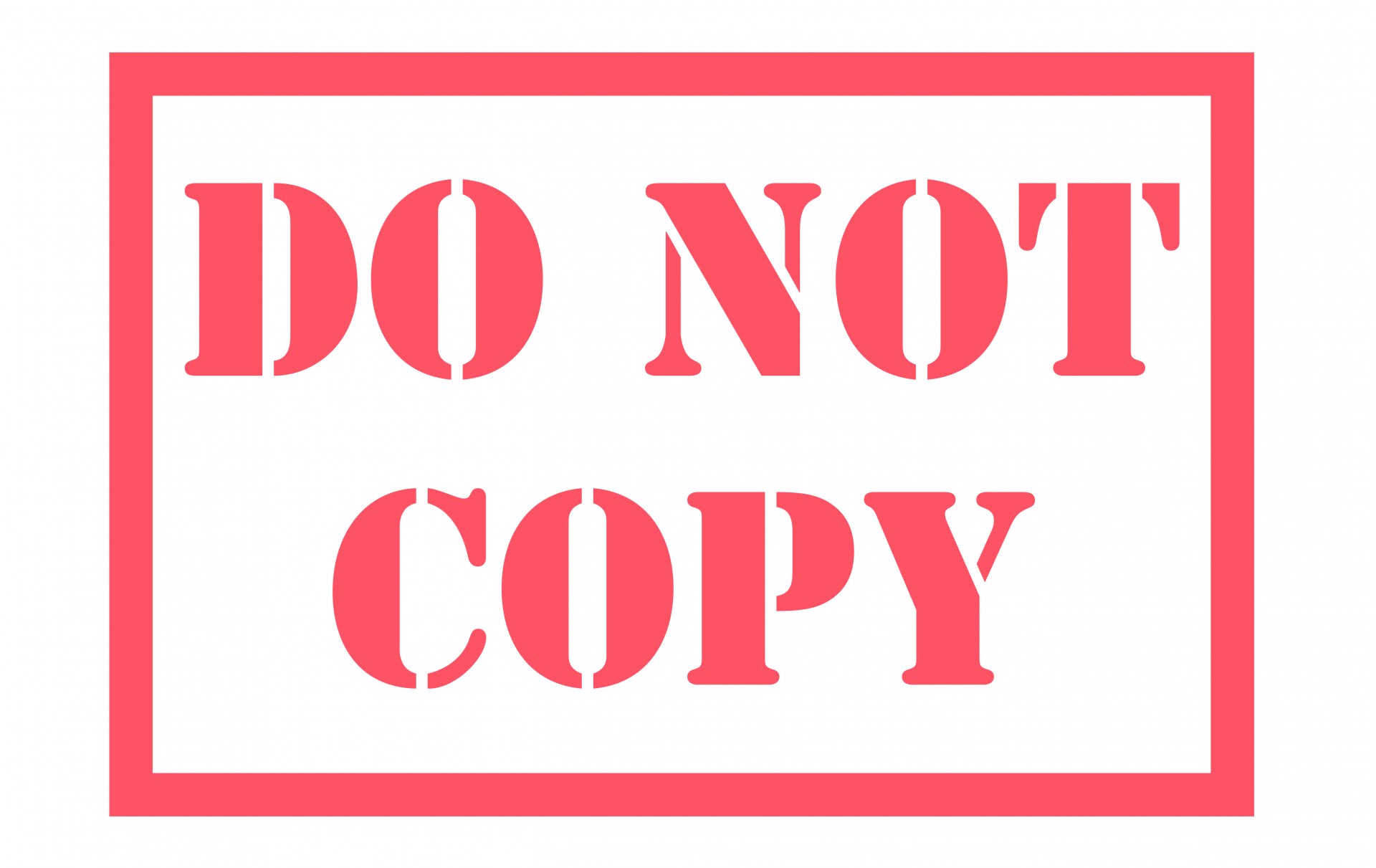In this article, we want to present what plagiarism is, and what threatens to copy content (and images) without the consent of the owner, and how anti-plagiarism programs available on the Internet work. Plagiarism programs were created so that you can check your work for plagiarism. Sometimes we cannot deliberately commit plagiarism, so before each publication of our text we should check that we have not accidentally copied someone’s work.
General Definition
The general definition defines plagiarism as “The process of copying data from the Internet or using someone’s idea and appropriating it as one’s own.“
This is a highly inadvisable act, which is treated as a fraud, immoral in nature, containing elements of theft and lies. Applying these practices has led to a multitude of anti-plagiarism programs. The main purpose of using this type of practice is scanning text for copied content. The duplicate web content detector not only checks if the text contains stolen fragments, but also reveals the sources they come from.
How to avoid plagiarism?
If you are a student, writer or author of articles for a magazine, you certainly want your work to be unique and one of a kind. Some of the anti-plagiarism systems simply check your text once and give the overall result for the whole. There are also free online plagiarism detection programs that check every sentence of your work in a very intelligent way, focusing on every word. For photos, use the image feedback search tool to check that the image or photo has not been copied from somewhere, and add appropriate sources to prevent image-related plagiarism.
Check every article you publish for plagiarism
Some bloggers believe that a site with unique content mixed with copied content will gain high positioning. Nothing could be more wrong. New algorithms used by Google approach each site individually. In practice, the page containing the copied content will not pass positive verification for plagiarism, which means that it will not be able to advance among search results. Creating unique content for your website or blog is not easy for you?
We encourage you to use our text paraphrase tool, and in the blink of an eye you will generate the right material.
Types of Anti-Plagiarism Scanners
To a large extent, this type of anti-plagiarism programs consists of a window into which fragments of text or entire paragraphs are pasted to check for plagiarism. Parts of the content that have been copied are underlined in red and their frequency is expressed as a percentage. Such software is most often used by students who, in order to preserve the originality of their content, remove repeated parts of the text. Teachers checking works do the same. SEO managers, expecting 100% uniqueness from their employees, commonly use this kind of tools. Publishing copied content is a serious offense, and thus, most websites check their content before posting it on their own sites.
How are plagiarism checked on websites?
This is usually a few steps:
A. If the sentence that is currently being checked is already somewhere on the Internet, a red warning will appear and the content will be marked as plagiarism.
B. However, if your content is unique, a green notification will be displayed. After a full scan, an overall result will appear, displaying the extent to which the article is original.
C. Thickness of Key Phrases: Counts the number of keywords contained in your content and gives the result for One, Two and Three words.
